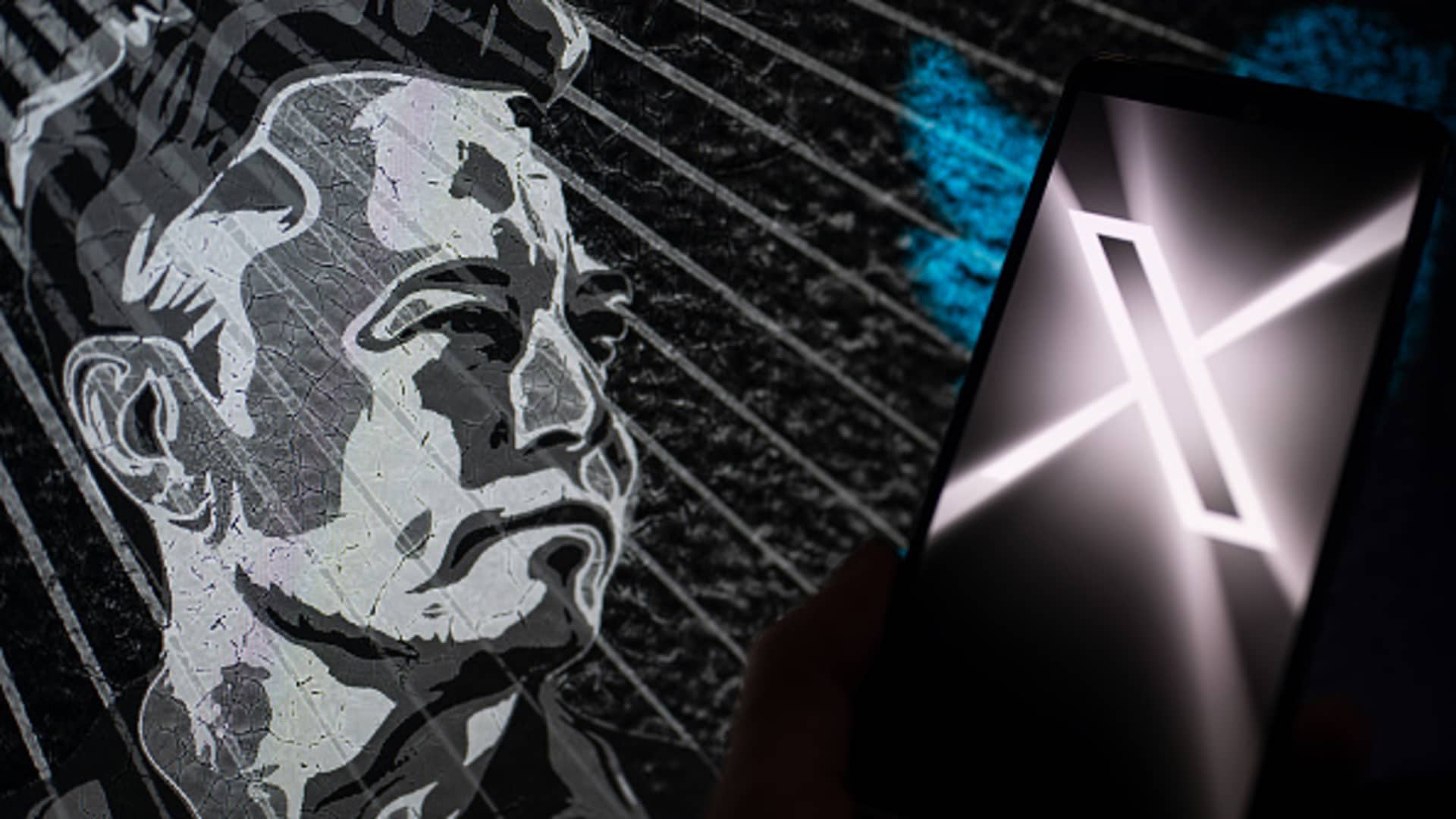Google’s Pixel smartphones have always been known for their excellent camera capabilities, despite not always having the most competitive hardware. But with some of the recent crop of flagship Android phones sporting add-on imaging chipsets, manufacturers have been able to deliver a similar level of imaging quality that easily rival the Pixel’s AI photography smarts. Google’s return to the premium smartphone segment in India after four long years may have enthusiasts and Android purists very excited, but can it still attract the vast majority of users who have moved on to competing brands? Read on to find out.
Google Pixel 7 and Pixel 7 Pro pricing in India
Pricing is always a touchy subject in the premium smartphone space, but Google seems to have done justice to the new Pixels by pricing them well-below the ‘Pro’ and ‘Ultra’ offerings from Apple and Samsung. The Google Pixel 7 is available for Rs. 59,999 for the 8GB RAM and 128GB storage variant, while the bigger Pixel 7 Pro is priced at Rs. 84,999 for the 12GB RAM and 128GB storage variant. Both phones have been launched in just their respective base variants in India.
The storage may seem a bit limited (especially for the Pixel 7 Pro) with no option to expand it, but this also allows Google to push users into buying one of its cloud storage plans. Sadly, there’s
Google’s Pixel 7 Pro can shoot Motion photos in all types of lighting and even at 2X or 5X zoom (Tap to see full size)
The differences in image quality between the Pixel 7 and Pixel 7 Pro are negligible. The only difference lies in the ultra-wide angle cameras, where the Pixel 7’s camera offers a slightly constricted field of view (114 degrees) versus the Pixel 7 Pro (126 degrees). The Pixel 7 also showcases minor purple-fringing towards the edges.
Coming to image quality, I compared the images from the Pixel 7 Pro with the Samsung Galaxy S22 Ultra as it is arguably the best smartphone in terms of camera capability in the Android space.
The primary camera on the Pixel 7 Pro snaps some really good photos which aren’t too sharp and also pack in plenty of details. Google does not over-process the images like Samsung does. I found the Galaxy S22 Ultra’s photos a bit saturated (typically Samsung) and with increased sharpness, which corrupts the textures on objects at a distance. However, this is only visible if you pixel-peep.
Google Pixel 7 Pro daylight camera samples (Tap to see full size)
With photos taken with the Pixel 7 Pro’s ultra-wide-angle camera, Google once again manages to outdo Samsung but only by a tiny margin. Colours from the Pixel 7 Pro are natural and the tone is similar to the primary camera. Google’s processing also manages to capture more details and better dynamic range.
When it comes to zoom, I noticed that the Google Pixel 7 Pro handles photos better with less sharpening, while Samsung tends to sharpen photos quite a bit from the 3X magnification onwards. Surprisingly, the Pixel 7 Pro maintains good image quality till 5X optical zoom, showing fine details like antennas on buildings in the distance. Photos captured at 10X are still quite impressive, with the quality taking a noticeable hit at 30X. Samsung’s telephoto images take a hit at 3X zoom for some reason but then kicks into gear from 10X, delivering sharp but contrasted photos up to 30X, post which the image quality takes a noticeable hit.
Google Pixel 7 Pro versus Samsung Galaxy S22 Ultra zoom comparison (Tap to see full size)
As for selfies, Samsung captures sharper-looking selfies that are packed with detail. Samsung also manages better and more natural-looking colour tones compared to the Pixel, which for some reason made my face appear orange (probably due to the setting sun). Edge detection with Portrait selfies is more accurate on the Pixel 7 Pro.
Google Pixel 7 Pro vs Samsung Galaxy S22 Ultra low-light zoom comparison (Tap to see full size)
When it comes to low-light zoom performance, the Pixel 7 Pro comes out on top again, this time for consistency. Google’s Pixel 7 Pro somehow manages to keep the colours in check and consistent between along the zoom range and also performs better when it comes to noise reduction. I could still spot some blotchy textures around lit up objects, but these still looked far better than the noisy images from the Galaxy S22 Ultra. Despite Samsung’s telephoto hardware managing a 100X magnification, the results in low light appeared like oil paintings, with flat textures.
In terms of general low-light performance, the primary cameras of both the Pixel 7s and the Galaxy S22 Ultra do a good job in capturing good details with low noise, but aren’t able to handle lens flares very well from ambient lighting. Having too many bright light sources in the scene tends to drop the image quality drastically, which I found a bit strange especially since I had the Pixel’s Auto Night Sight and Samsung’s ‘Nightography’ modes turned on. These are supposed to automatically calibrate the cameras based on available light.
However, the Google Pixel 7 Pro still managed much better image quality, despite showing lens flares while Samsung’s images turned out textureless and noisy. With their respective Night modes on, the Galaxy S22 Ultra tends to deliver better dynamic range with a good level of detail.
Google Pixel 7 Pro vs Samsung Galaxy S22 Ultra ultra-wide camera comparison in low light (Tap to see full size)
Google’s Pixel 7 Pro shoots the best quality video at 4K 30fps and 4K 60fps in daytime. Videos recorded at 1080p turned out a bit choppy with an unsteady framerate. Stabilisation was good and so was the dynamic range. However, Samsung’s Galaxy S22 Ultra performed a lot better at all recording resolutions, with a rocksteady framerate and excellent stabilisation.
In low light however, things took a u-turn. The Samsung Galaxy S22 Ultra’s footage was quite noisy and with low detail. There’s also focus-hopping which was quite annoying. Google’s Pixel 7 and 7 Pro surprisingly managed better quality videos in low light, at all recording resolutions. Stabilisation was also good and the same can be said about handling lens flares, which Google managed better than Samsung. Both smartphones are capable of recording HDR video, but the Galaxy S22 Ultra did a better job when shooting in daylight.
Overall, Google’s Pixel 7 Pro fares better than the Galaxy S22 Ultra for general purpose photography as it manages better quality photos and videos in all kinds of lighting conditions. Samsung on the other hand did a better job with selfies, whether it was day or night, and also has the edge when it comes to the maximum zoom level. The Pixel 7 captures nearly identical photos as the 7 Pro, which should be good enough to most causal users. However, if you need macro capability or high-quality zoom, then the 7 Pro has the advantage.
Verdict
Google’s Pixel 7 is a solid premium smartphone with good camera performance, battery life and a decent display. It’s not going to win many points on style and design, mainly because it appears very similar to the mid-range Pixel 6a (Review), even though it’s built using more premium materials. A solid competitor to the Pixel 7 is the Samsung Galaxy S22 5G (Review). It is compact, offers similar battery life, a faster 120Hz refresh rate, and the Qualcomm Snapdragon 8 Gen 1 SoC. It also looks more premium with its razor-thin display bezels and is available from Rs. 62,999.
The Google Pixel 7 Pro gets just about everything right save for battery life and charging speeds, which falls short of expectations. Samsung’s Galaxy S22 Ultra (Review) may cost a lot more with prices starting from Rs. 1,08,990, but it adds equally good value by offering better battery life, faster 45W charging, a built-in S-Pen stylus, unique design, and better telephoto capabilities.
As for direct competitors to the Pixel 7 Pro, we have the Samsung Galaxy S22+ 5G (Review) at Rs. 84,999 onwards and the Vivo X80 Pro (Review) at Rs. 79,999. These two phones definitely offer good value and equally impressive camera performance as the Pixel 7 Pro. What gives the Pixel an edge though is its software experience and the promise of timely software updates, which will always arrive on the Pixel 7 series before any other smartphone.





